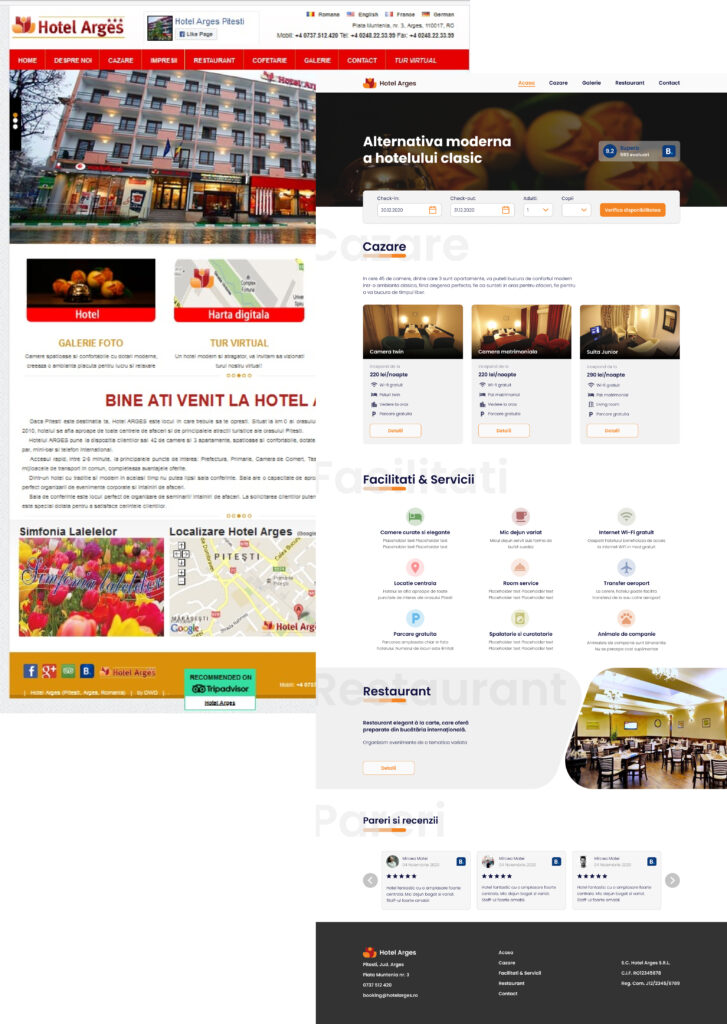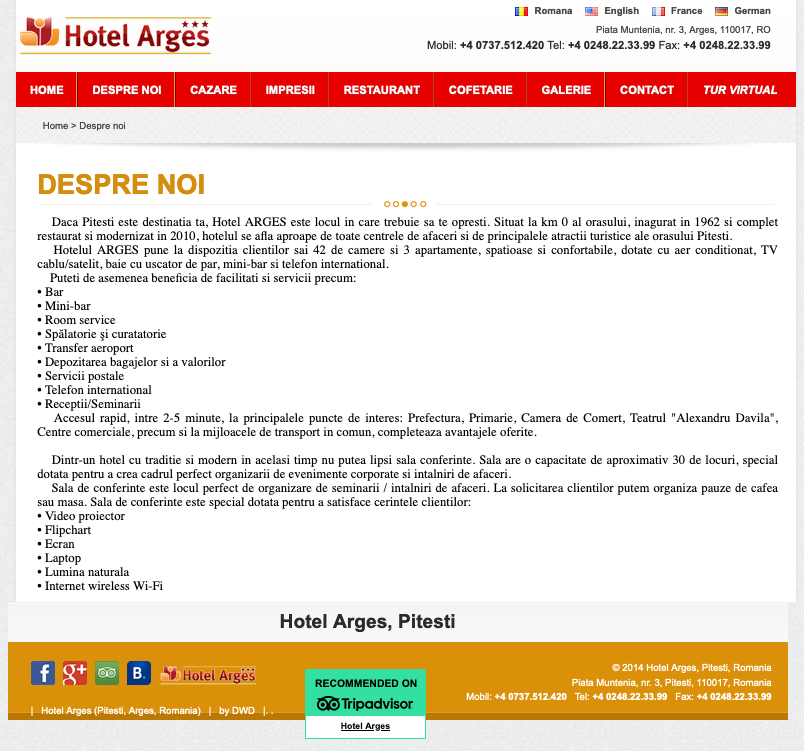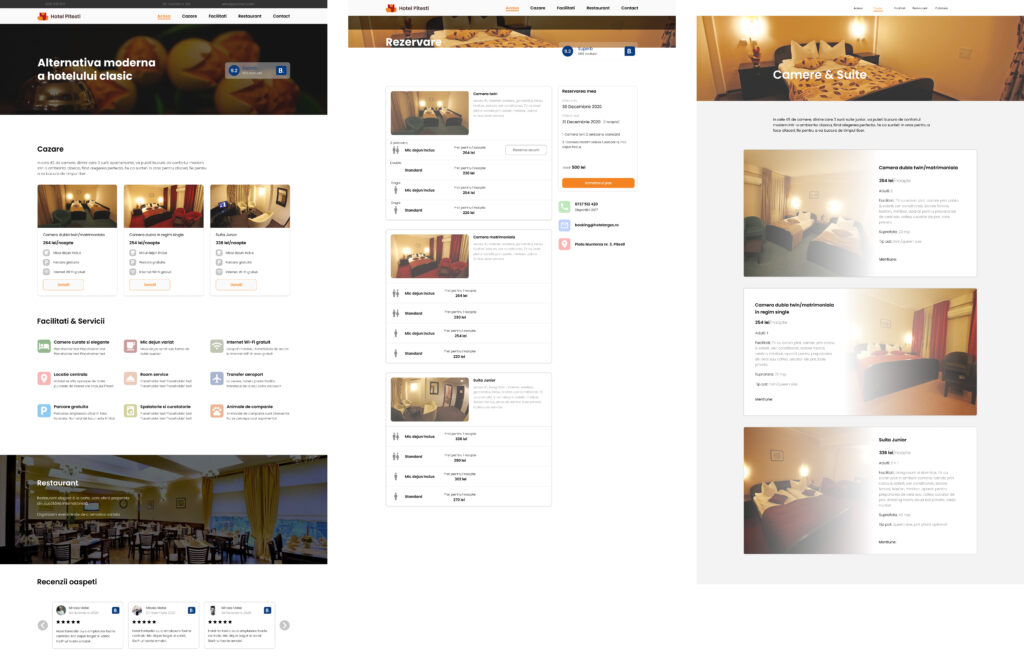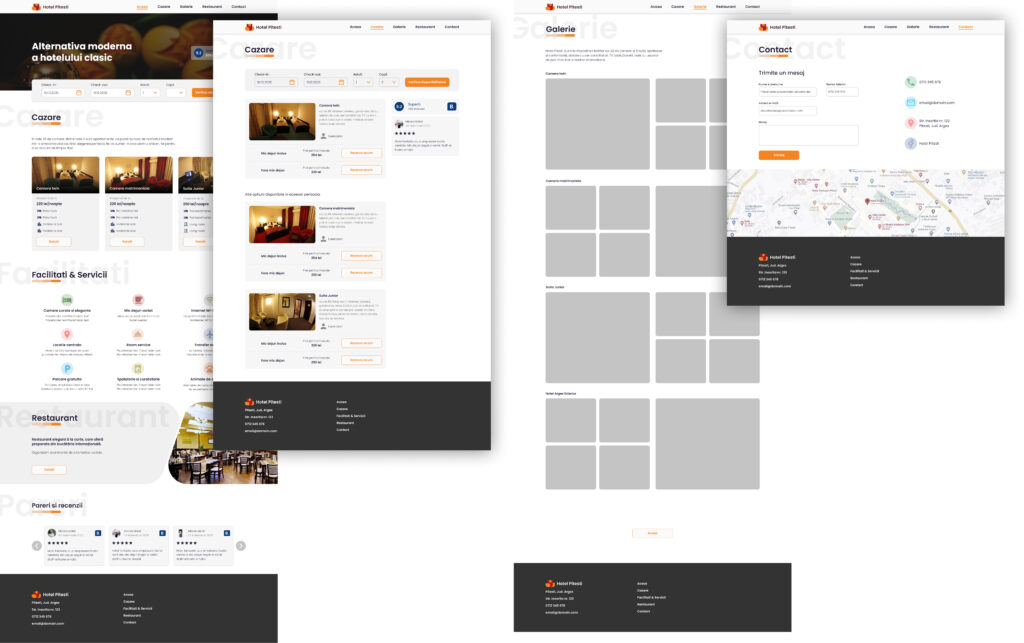
About
While working as a hotel receptionist for over half a decade, I was always under the impression that our website was clunky and outdated.
Going through a pandemic and several months of quarantine has allowed me to start learning and take matters into my own hands.
This was my very first project and it has presented me with a great opportunity to learn.
Background
The original website was launched in 2014, but its design and user experience left much to be desired, even by 2014 standards.
Most visitors abandon navigating it without even reaching the information that they were looking for in the first place.
Online bookings via the provided reservation system are basically non-existent.
Goal: Improve the User Experience and User Interface by uncovering user pain points within the website, while also attempting to provide a significant business sided boost.

Design process
Having a good amount of experience in the field of Tourism, adopting a user-centered and solution-based approach looked like the most logical method of tackling this project.
Coming fresh off of the Interaction Design Foundation Design Thinking courses, I felt like this was the perfect time to put that knowledge to good use.
User interviews
Benefitting from the fact that I can directly interview and survery our hotel guests due to my unique position, I set out to get a better understanding about the traveler’s goals and pain points.
Furthermore, I permanently kept in touch with management in order to keep the business sided needs in sight.
Main finding and insights from the interviews:
- most interviewees found the old website to be unwelcoming and lacking quality info;
- almost everyone expected to be informed about the prices directly on the home page;
- home page slideshow was distracting and uninteresting;
- details about the hotel facilities and amenities proved difficult to find;
- people were frustrated because the reservation form on the homepage did not work;
- non-functioning contact-us form;
- most people were interested about the restaurant and room service, but they could not find any info.
Defining traveler and people needs
The main findings showed me the path i had to go through in order to move forward with the project. Using the insights to craft How might we questions was my way to generate creative solutions while maintaining focus on the right problems to solve.
- How might we increase awareness of the full hotel offerings?
- How might we make the users feel confident they have all the information they need?
- How might we support the users to efficiently contact the hotel?
- How might we help the users to efficiently make a reservation?
Ideating solutions
With the aid of my previously defined How might we questions, i came up with some rough sketches while also putting together several customer flows and wireframes.
In order to validate my assumptions and ideas, I needed to test my ideas even in the very early stages. I did so by requesting feedback from several of my co-workers and hotel customers.
The feedback that i received was very positive and it served as proof that i was on the right track.

Interactive prototype
Iterating based upon the feedback that I had received, while also developing a greater understanding of the entire process, i felt confident enough about putting together an interactive prototype.
The prototype aided me in testing the finer and smaller details of my ideas.
Test
The final iterations of my design brought a final round of user test. Plenty of my colleagues and several hotel customers were asked to participate and offer their feedback afterwards.
While far from perfect, there was a general consensus about how much of an improvement the new design is when compared to the old one.
Final design

Conclusion
This being my very first UX/UI project proved to be a tremendous learning experience. The ample amount of mistakes that I have made throughout the entire project (mistakes about the design process itself, and also about the actual design and the iterative process) served as very important lessons while moving forward with my design and my design career.
My most important takeaway is that i actually got to look forward to making even more mistakes. A little bit discouraging at first? Absolutely. But as time went on, failing fast and failing often proved to be best way I could make progress. It’s a cliche for a very good reason.